Let's say my data is like this:
daerah longitude latitude wilayah
a 103.0059509 1.736281037 z
a 103.0055008 1.736822963 z
a 103.0049973 1.737220049 z
a 103.0044479 1.737781048 z
a 103.0041733 1.737781048 z
a 103.003891 1.738060951 z
a 103.0022202 1.738055944 z
a 103.0019455 1.738332033 z
a 103.0013885 1.738332033 z
a 103.0011139 1.738610029 z
a 103.0008316 1.738610029 z
a 103.0005569 1.738891006 z
a 103.000267 1.738891006 z
a 103 1.738610029 z
b 102.9966965 2.316540003 z
b 102.9990997 2.315969944 z
b 103.0125961 2.307929039 z
b 103.0151978 2.306900978 z
b 103.0171967 2.305169106 z
b 103.0181961 2.30298996 z
b 103.0189972 2.300110102 z
b 103.0190964 2.29734993 z
b 103.0169983 2.290781021 z
b 102.9596024 2.197421074 z
c 102.82444 2.365111113 z
c 102.8239212 2.359646082 z
c 102.8092346 2.338672638 z
c 102.7966537 2.315601826 z
c 102.7987518 2.290433407 z
c 102.7987518 2.252681017 z
c 102.7777786 2.225415468 z
c 102.7421188 2.189760447 z
c 102.7064667 2.183468342 z
c 102.6708145 2.160397291 z
c 102.6204758 2.137326479 z
The daerah a,b,c is in wilayah z.
So how can I get the latitude and longitude for wilayah?
The latitude and longitude should form 1 complete shape according to the points daerah.
Any help would be appreciated. Thank you in advance.


